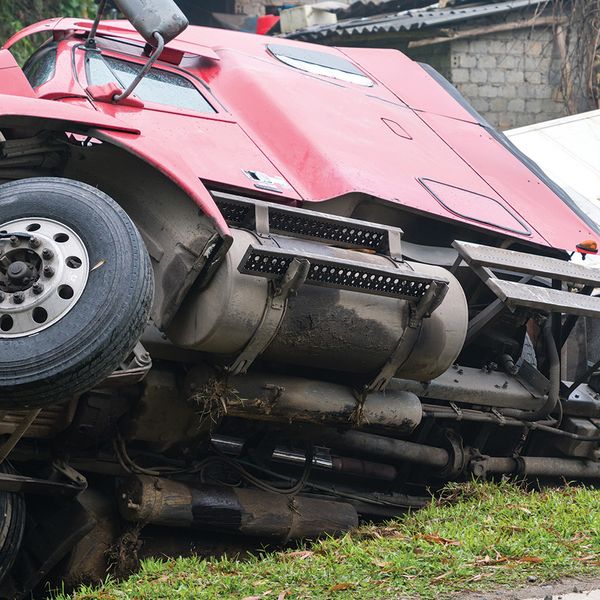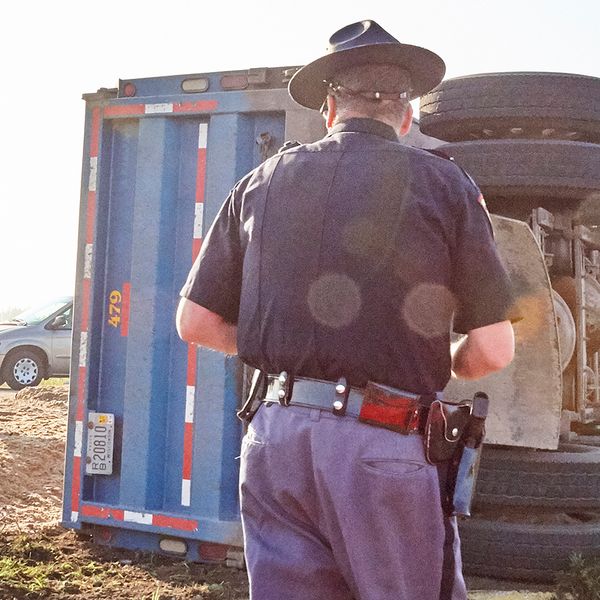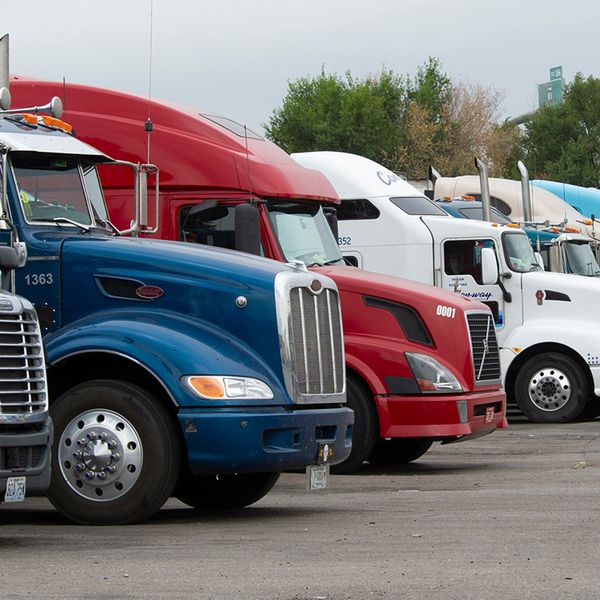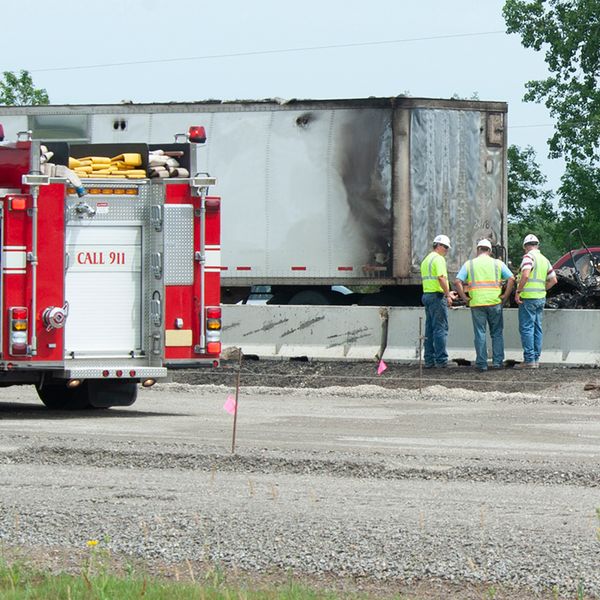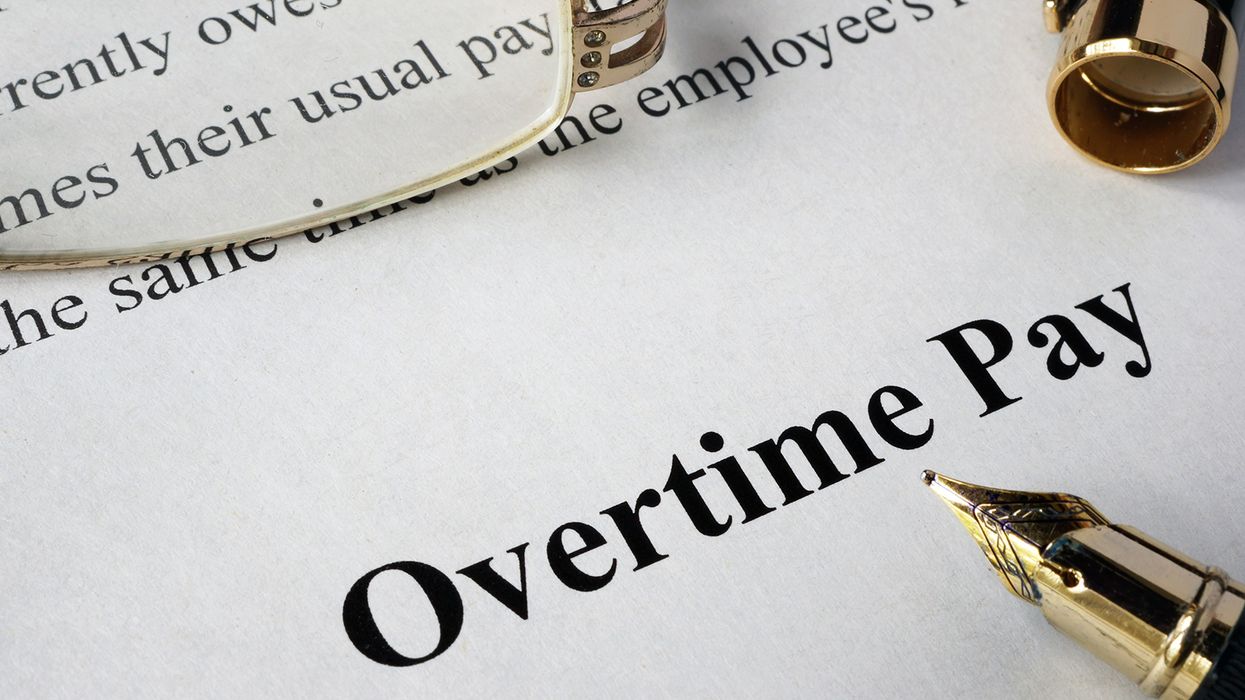Shipper and carrier liability – Why some people may be avoiding you
Due to litigation over the past several years, many shippers and brokers are modifying how they do business. They, like insurance companies, are becoming concerned with the risks posed by potentially unsafe motor carriers. This means they are now avoiding carriers with questionable safety records. How do you avoid this? By understanding what is happening and making sure you are seen as a safe carrier.
What is happening
Under Tort Law, the plaintiff needs to prove:
- There was a duty to act,
- The defendant did not live up to the duty (they were negligent and failed to do what a reasonable person would have done),
- There was a real injury or loss, and
- The failure to act is what led to the injury or loss.
Liability can be assigned to anyone involved in the loss through various principles, including vicarious liability under the theory of respondeat superior (a superior, such as an employer or hiring entity, is responsible for the actions of the subordinate) and joint and several liability (the parties involved are inseparable when it comes to the injury).
Person vs. broker (Miller vs. Robinson)
In this landmark case, a court determined that a broker was liable for hiring an unsafe carrier. The unsafe carrier was involved in a serious crash, resulting in severe injuries. During the proceedings the broker claimed they verified the carrier was licensed and properly credentialed by the Federal Motor Carrier Safety Administration (FMCSA), meaning they had followed their duty to act. They also claimed they were exempt from the claim due to the Federal Aviation Administration Authorization Act of 1994, as the practice of allowing state courts to decide such cases runs afoul of the preemption of state laws related to a price, route, or service of carriers and brokers. Both arguments were unsuccessful from the local court to the supreme court.
As a result of this case (and others since), many brokers and shippers are becoming more selective in the carriers they use.
Solution
As the shippers and brokers that are becoming concerned about risk are using FMCSA-provided data to make decisions, this is where the answer lies. To avoid being painted as potentially unsafe you need to:
- Take steps to avoid roadside inspection violations, including having drivers that obey the safety regulations (including the hours-of-service regulations), tracking your drivers’ qualifications and performance, and having an effective vehicle maintenance program.
- Take steps to avoid crashes, including creating realistic schedules, adjusting operations to poor conditions, having safe and well-trained drivers (including doing specific defensive driving training), tracking your drivers’ performance, and only allowing safe vehicles on the roadway.
- Track your data and performance in the FMCSA data systems and challenge any data that is not correct.
Key to remember: You want to be viewed as a safe carrier by all shippers and brokers. If you are not, you may suddenly find it harder to find and keep customers.




